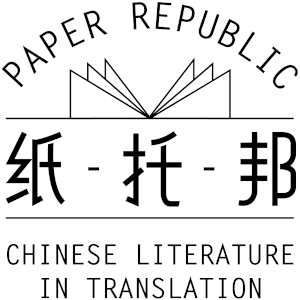Tintin in China - and the influence of Zhang Chongren
http://www.lrb.co.uk/blog/2012/06/11/louis-mackay/tintin-in-china/
When I first read the story [The Blue Lotus], I was interested by the profusion of Chinese writing in signs, wall-hangings, posters, graffiti, and occasionally speech bubbles. What did they say? Or were they merely random characters included for atmospheric effect? I later learned some Chinese, and found that they were intelligible. Some characters in the larger banners may have been copied by Hergé or a studio assistant, but the smaller texts are written with such assurance that the hand must be Zhang’s. In three places his personal name 充仁 (Chongren) appears as a cryptic signature, partly obscured, on signs in the background, once next to the character 張, Zhang, his family name.


Comments
I taught The Blue Lotus in my Cross-Cultural Studies class this past semester here in Hongkong. The vast majority of final papers (in a class of 76 students) was about Hergé and China. I don't think I'll be teaching it again.
Lucas Klein, June 13, 2012, 4:16a.m.
Am intrigued to know what else you teach this class?
Helen Wang, June 13, 2012, 7:36a.m.
The class is lots of fun, at least from my perspective. The first half of the semester we look at literature depicting cross-cultural interaction that doesn't involve China... translations of the Bhagavad Gita, Shakespeare's The Tempest and Césaire's A Tempest, Rushdie's The Satanic Verses... then literature of or about China involving cross-cultural interaction, such as Ha Jin, modern and contemporary poetry, Wang Wei and Du Fu, and Infernal Affairs / The Departed. I think next time I teach this class I'll throw in Journey to the West.
Lucas Klein, June 13, 2012, 3:42p.m.
Thanks, sounds a really interesting course!
Helen Wang, June 14, 2012, 6:54a.m.